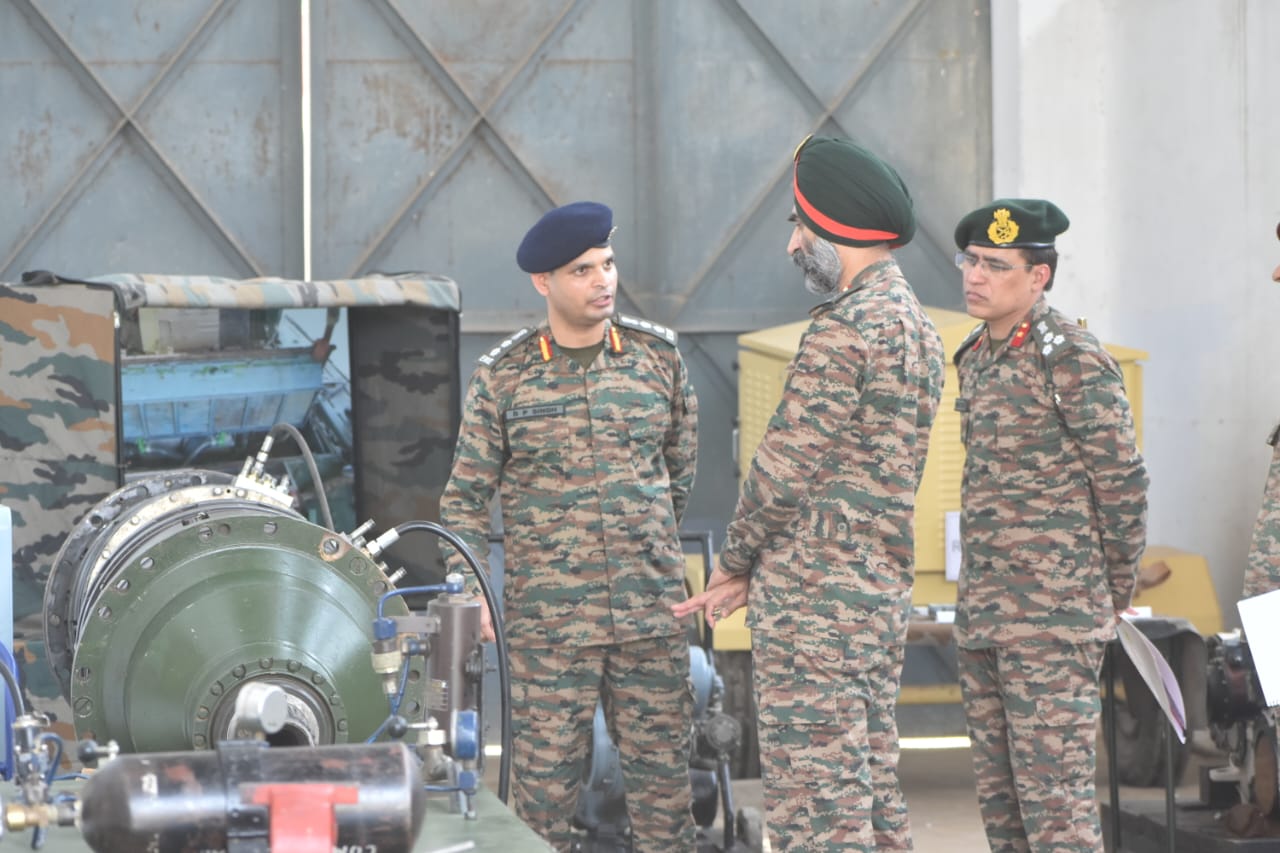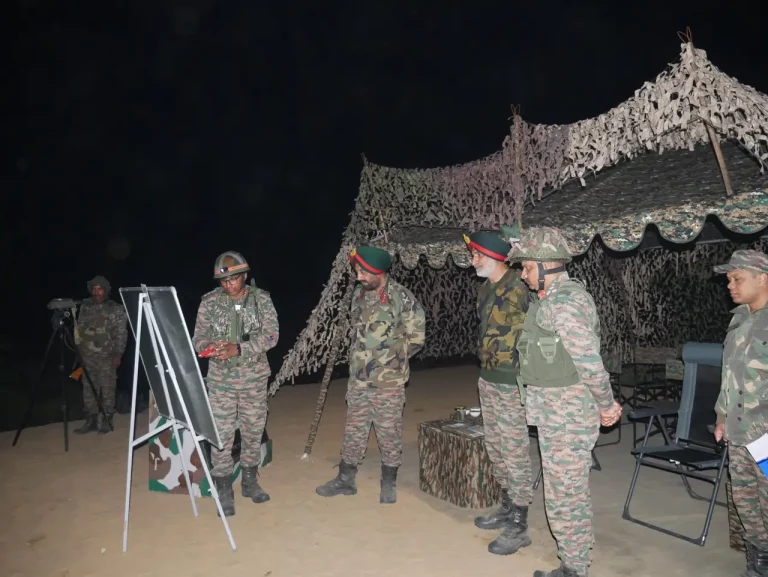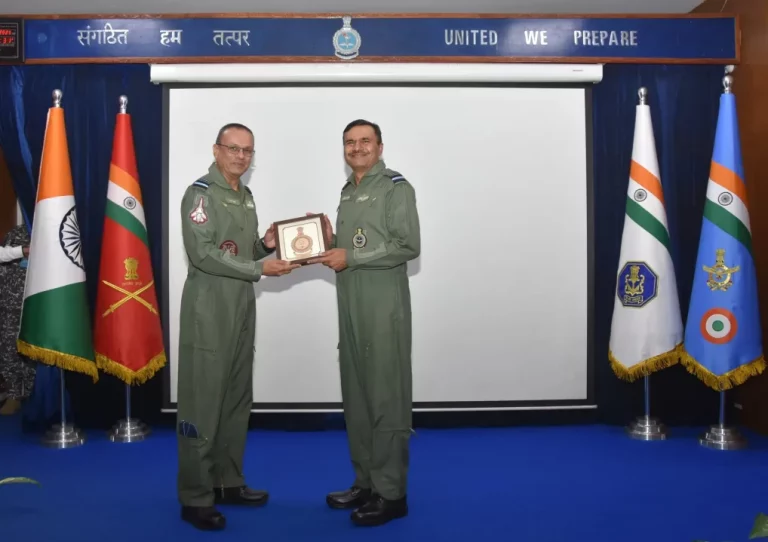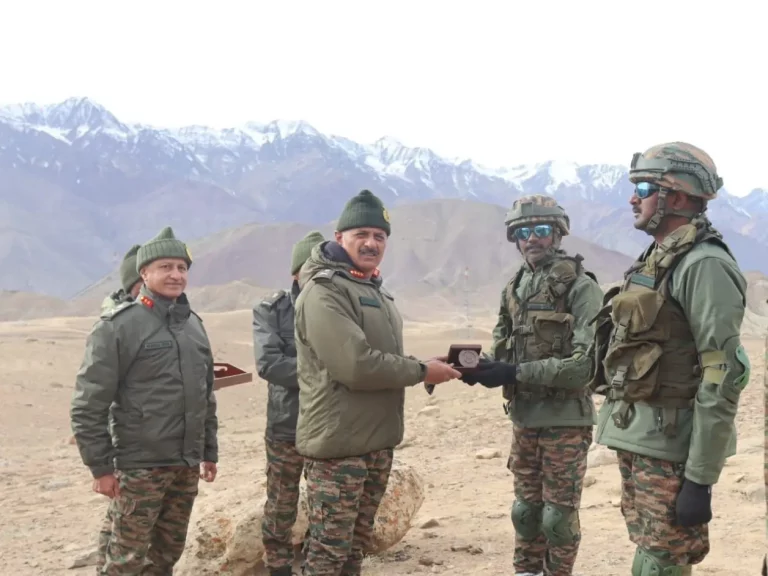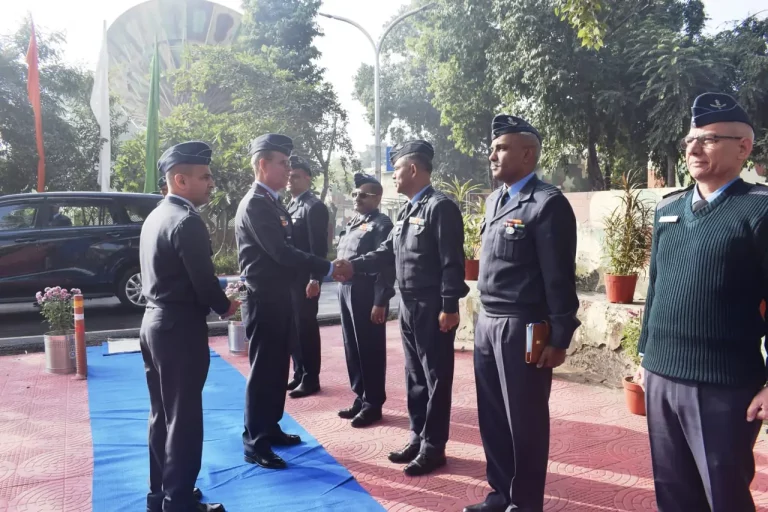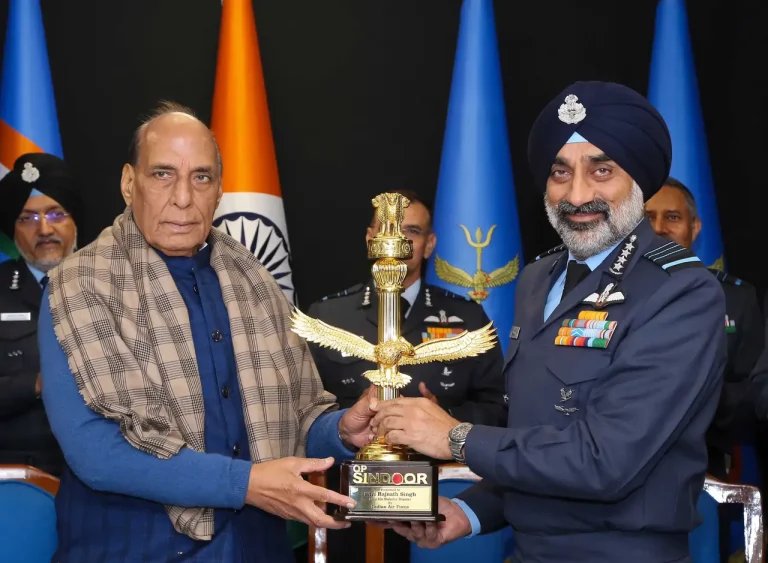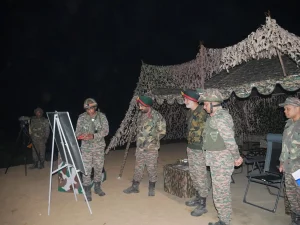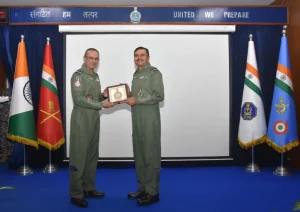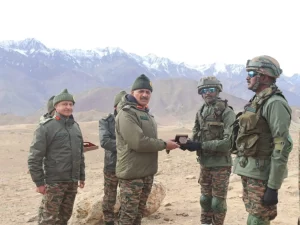Lieutenant General Harbinder Singh Vandra, the Chief of Staff of the South Western Command, undertook a thorough review of the operational readiness and technological developments of the Black Charger Brigade today in Jaipur. This inspection is part of the Indian Army’s strategic effort to advance next-generation warfare capabilities and modernize its combat units under the Western Command.
During his visit, Lt Gen Vandra meticulously evaluated the brigade’s advanced operational systems and assets, placing particular emphasis on the integration of drone technologies and other high-tech platforms. He engaged directly with the troops to assess their combat preparedness, training effectiveness, and adaptability to new warfare environments. The Chief of Staff commended the brigade for its significant strides in technology adoption and innovation, especially in drone training and human resource development.
In his discussions, Lt Gen Vandra underscored the importance of agility and adaptability. He urged the brigade to remain future-ready by continually refining its operational strategies and embracing advancements in technology. The need to leverage cutting-edge tools for maintaining tactical superiority in dynamic combat situations was a central theme of his address.
The Black Charger Brigade, officially known as the 14th (Independent) Armoured Brigade, boasts a rich service history that dates back to its establishment in 1967. The brigade has played crucial roles in several key operations, including contributions during the 1971 Indo-Pak War in the Shakargarh sector and urban warfare missions in Sri Lanka as part of the Indian Peacekeeping Force (IPKF). Operating under the South Western Command, the brigade is tasked with securing vital segments of India’s western frontier.
The Indian Army’s focus on incorporating unmanned aerial systems—including the Israeli-origin IAI Heron and indigenous drones such as Rustom-II—has intensified. These platforms are particularly valuable in difficult terrains, including the Himalayas and the densely forested regions of the Northeast. However, a report from the Observer Research Foundation (ORF) in 2024 indicates that the armed forces still face challenges in areas like artificial intelligence, quantum computing, and cybersecurity, primarily due to a shortage of domain-specific talent.
Lt Gen Vandra’s review visit highlights the Indian Army’s broader vision of establishing a modern, technology-driven force capable of countering both hybrid and conventional threats. The emphasis placed by the Black Charger Brigade on tech-oriented training and strategic innovation not only received commendation but also positions the brigade as a leading example in the Indian Army’s modernization roadmap. In an era where global military doctrines are evolving rapidly, such proactive initiatives are essential for ensuring India’s operational edge and overall national defense preparedness.
